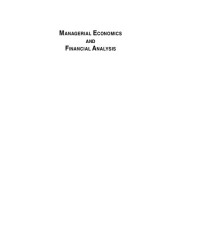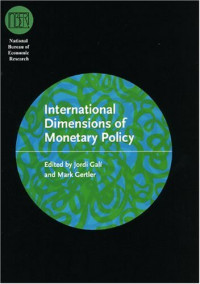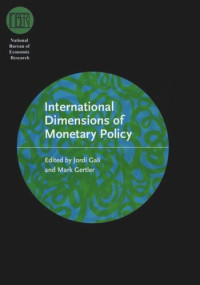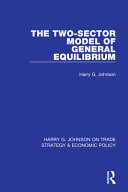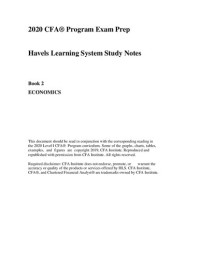
Financial Globalization
Jason H. Cardwell
Financial globalization refers to the ongoing integration of once poorly connected national financial markets. A key aspect of globalization is a decline in financial home bias— the tendency for domestic saving to be invested predominantly at home, with domestic portfolios tilted heavily toward home-country assets. Recent years have in fact seen a pronounced decline in home bias, with a record fraction of global saving going to cross-border investments. Indeed, in 2005 and 2006, the share of global saving invested abroad climbed past 50 percent for the first time. The trend toward greater cross-border investment has been worldwide, with the United States, other advanced economies, and emerging economies all investing a markedly higher fraction of saving abroad. Significantly, U.S. external investment as a share of saving has risen less dramatically than the share for other countries. Comparing the mid-1990s with the middle of the current decade, we see that U.S. outflows as a share of domestic saving have risen by roughly 20 percentage points; the increase abroad has been close to 35 percentage points. As a result, the United States now lags the rest of the world by a considerable margin in the share of national saving invested abroad. It is instructive to consider the smaller scale of outflows from the United States in light of the current account balance of payments accounting identity described earlier. In particular, had outflows from the United States risen in line with the global trend, the country would have required that much more inward investment to finance an unchanged sequence of current account deficits. In turn, more robust U.S. demand for foreign assets, and the consequent need to attract additional inflows, would have placed downward pressure on the dollar, leading to at least somewhat smaller deficits. This scenario illustrates a more general point: developments that lead to shifts in gross capital flows have important feedback effects on net flows.
İl:
2010
Nəşr:
1
Nəşriyyat:
Nova Science Publishers, Incorporated
Dil:
english
Səhifələr:
85
ISBN 10:
1613246072
ISBN 13:
9781613246078
Seriyalar:
Financial
Fayl:
PDF, 1.54 MB
IPFS:
,
english, 2010
 Amazon
Amazon  Barnes & Noble
Barnes & Noble  Bookshop.org
Bookshop.org  Faylları çevirin
Faylları çevirin Daha çox axtarış nəticəsi
Daha çox axtarış nəticəsi Digər üstünlüklər
Digər üstünlüklər 




